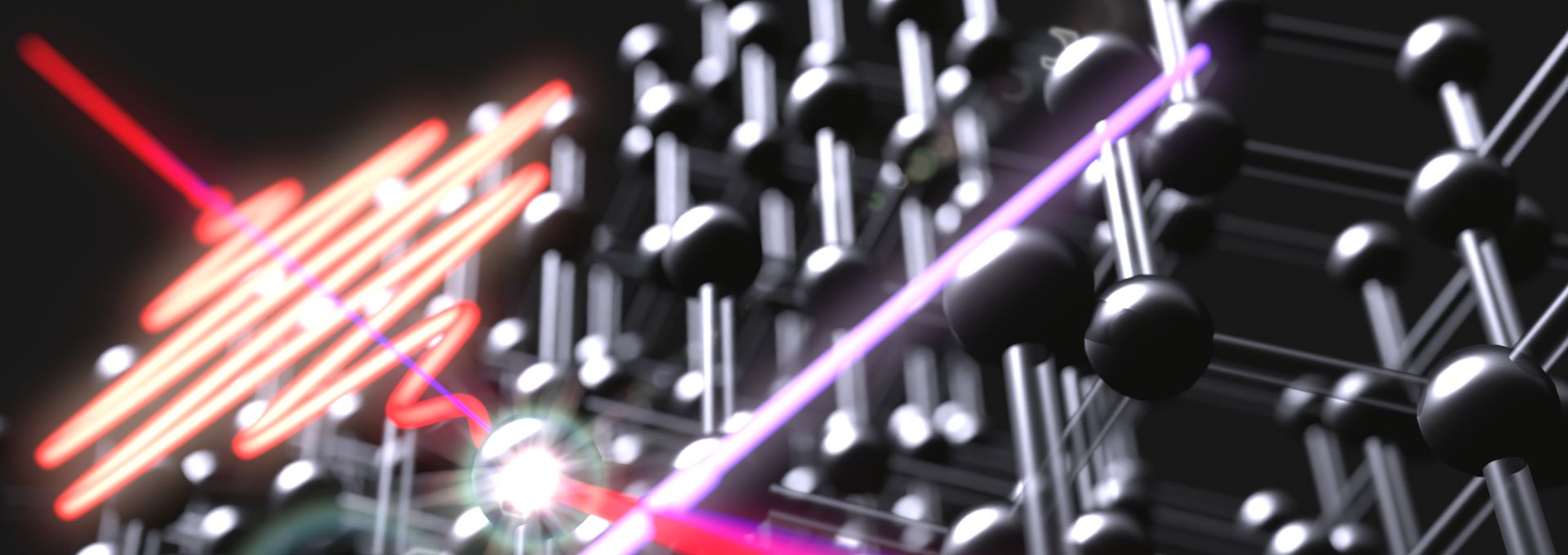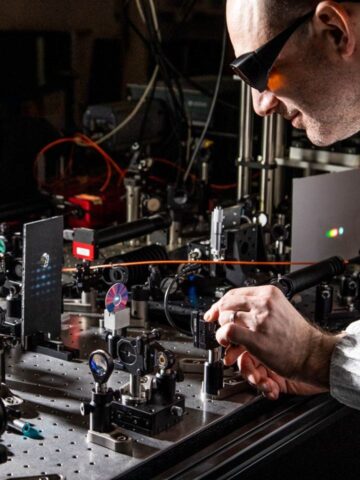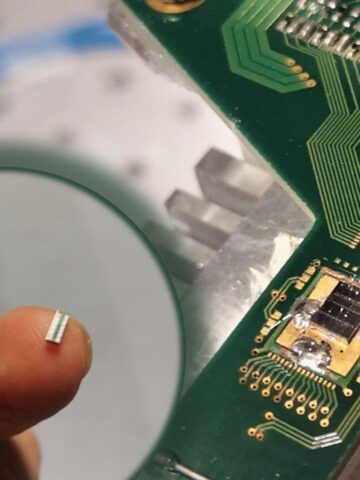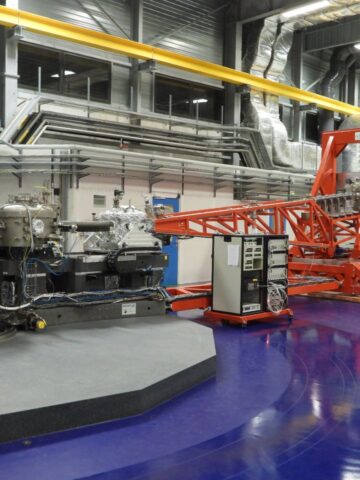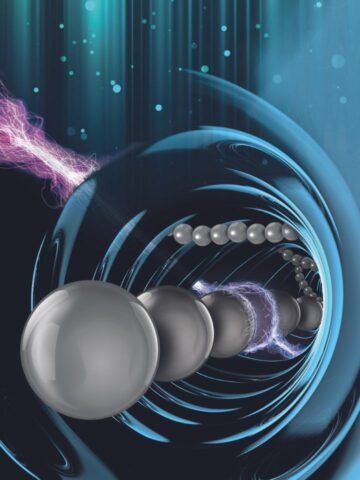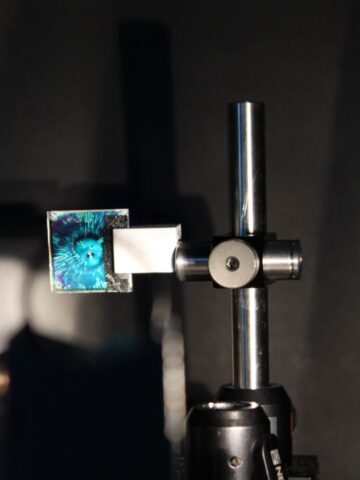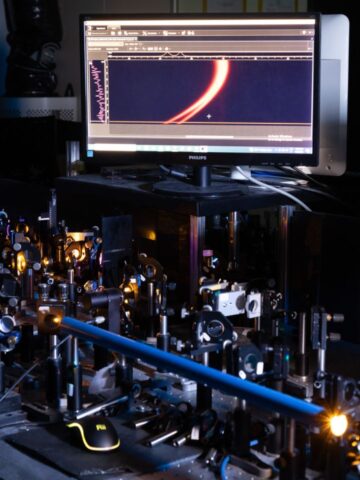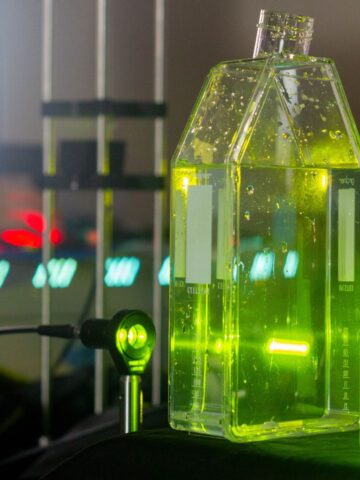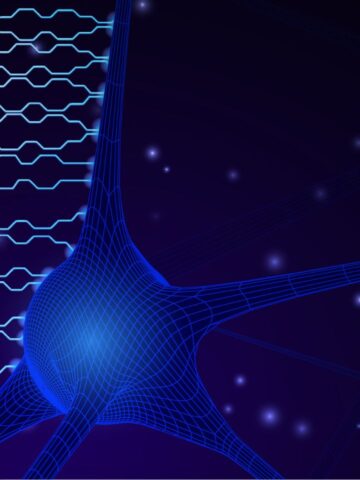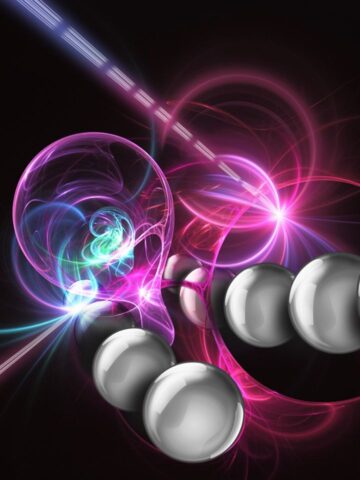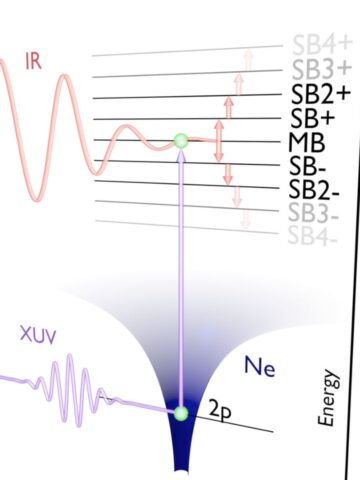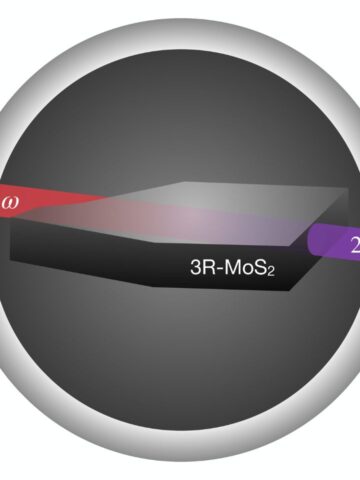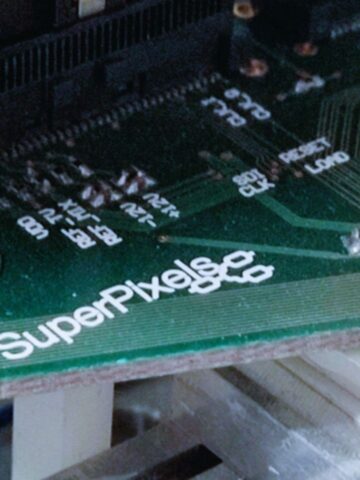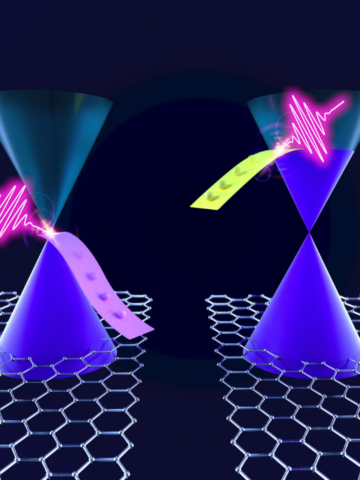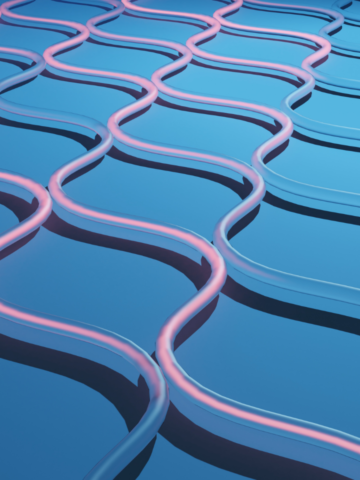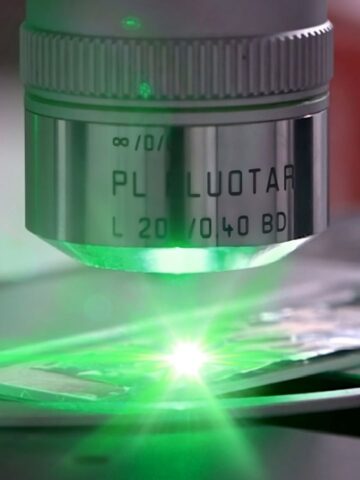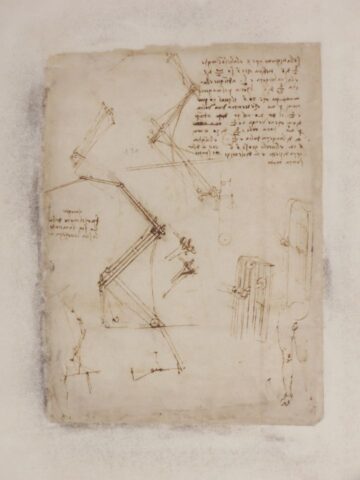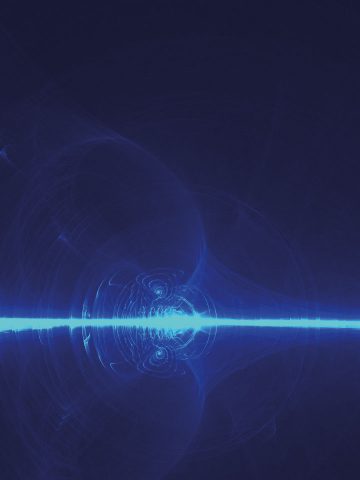The capability to follow and control ultrafast electron dynamics in matter with light pulses is a long-sought goal, with important implications in many fields of technology and research. In a semiconductor, for example, charge injection by few-femtosecond infrared pulses could be used to turn the material into a conductive state, realizing ultrafast switches in opto-electronics, a milestone that promises to increase the limiting speed of data processing and information encoding. This technological breakthrough can only stem from a comprehensive knowledge of light-induced charge injection, a key challenge of modern solid-state physics and photonics.
A study published in Nature Photonics tackles this problem by investigating field-driven carrier injection in a prototype semiconductor (monocrystalline germanium) with attosecond transient reflection spectroscopy: the researchers from Politecnico di Milano, in collaboration with the Istituto di Fotonica e Nanotecnologie (IFN-CNR), the Istituto per la microelettronica e microsistemi (CNR-IMM), the Istituto Nanoscienze (CNR-NANO) and a group from the Università degli Studi di Salerno, have discovered a new light-matter interaction regime where charges are excited by diverse coexisting mechanism. These mechanisms compete and develop on different time scales, of the order of few millionths of billionth of a second.
The researchers succeeded in disentangling the complex charge injection regime on these extreme temporal scales thanks to the experiments performed by the Attosecond Research Centerwithin the ERC project AuDACE (Attosecond Dynamics in AdvanCed matErials) and the PRIN project aSTAR. By means of simulations based on advanced theoretical models, they have shown the complex interaction between diverse mechanisms in the quantum-mechanical response of the material, never observed before, with important implications in many fields as optics, photonics, and information technology.
Those are significant results because the knowledge of the excitation processes induced by light in semiconductors allows us to design new opto-electronic devices with optimized ratio between charge injection speed and dissipated power.
Matteo Lucchini, professor of the Department of Physics and last author of the study
